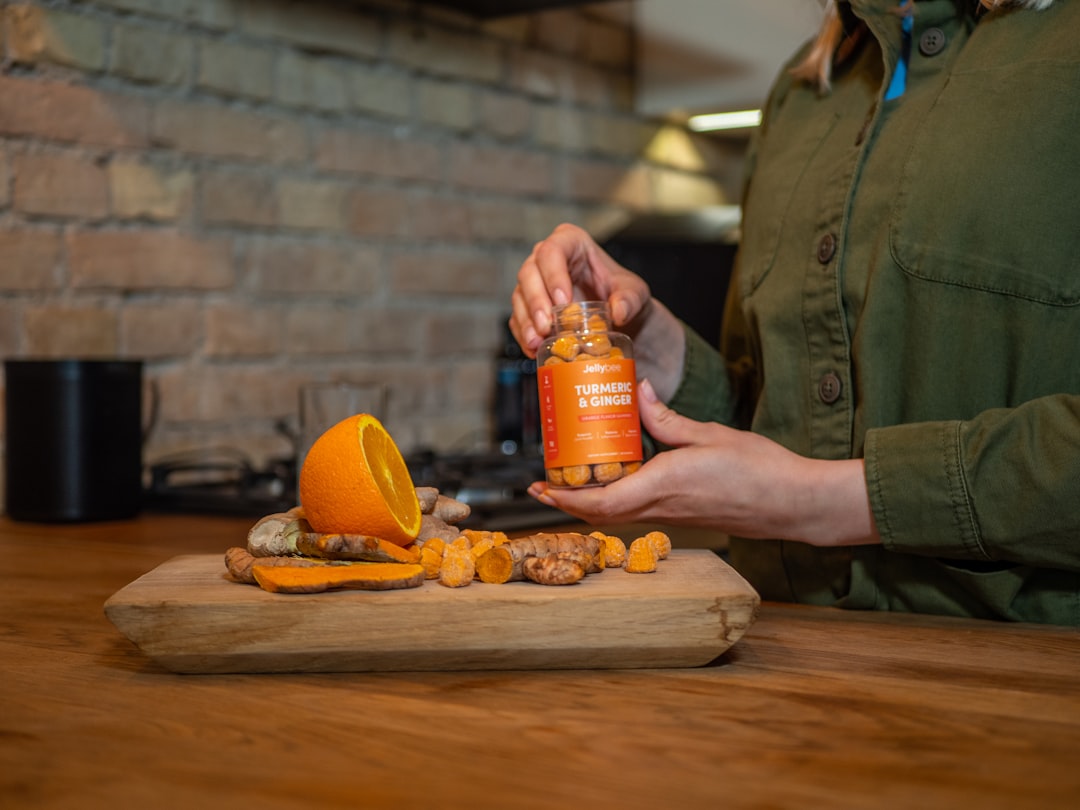What is it about?
The paper has a few points: We prepare ribosome footprints with several different methodologies that might be better at capturing the ribosome translocation rate better than current datasets. One method appears to be better than the other two in our hands. We developed a method that takes the noisy ribosome footprint reads and analyses how the footprints pile up around each type of codon. In general, we find that decoding time generally increases with tRNA rarity. We analyze the newly reported shorter ribosome footprints, and report that the ribosome conformation that produces these short footprints are likely involved in adding amino acids to the peptide chain. Shorter footprints have increased residence time over codons which have a hard time being added to the peptide chain, or have a difficult time getting through the early peptide exit tunnel of the ribosome.
Featured Image
Read the Original
This page is a summary of: Measurement of average decoding rates of the 61 sense codons in vivo, eLife, October 2014, eLife,
DOI: 10.7554/elife.03735.
You can read the full text:
Contributors
The following have contributed to this page










